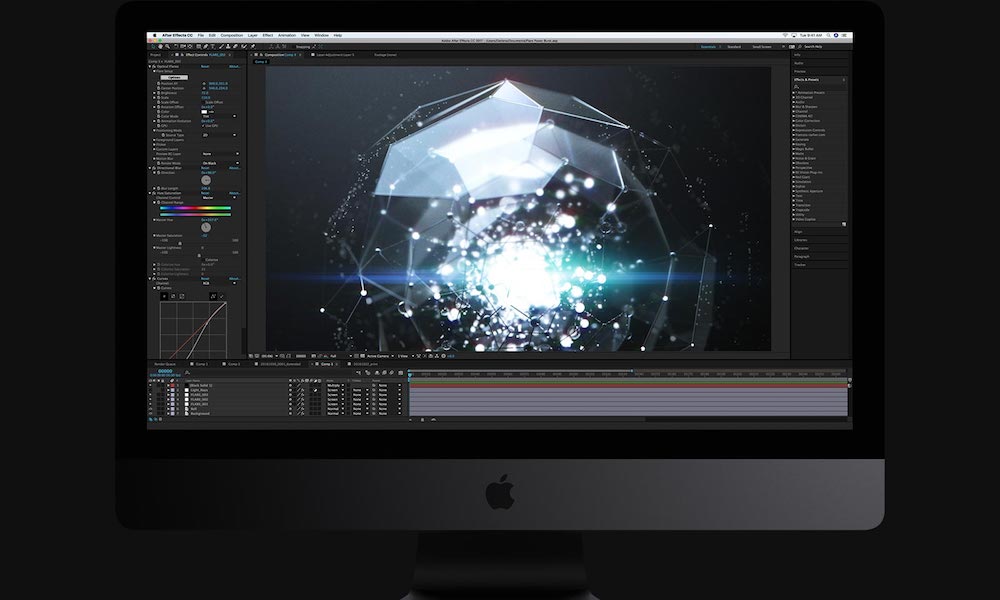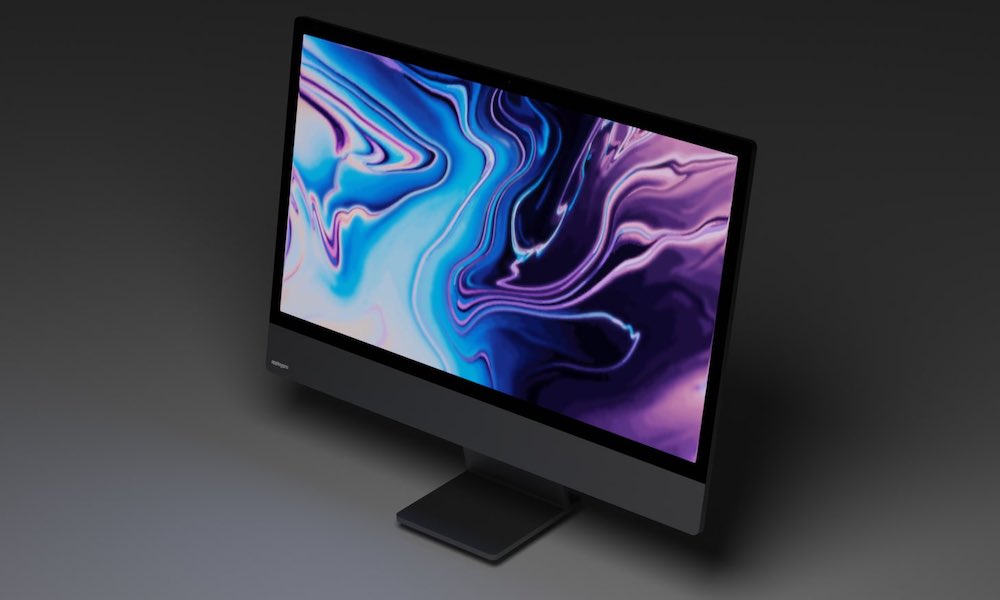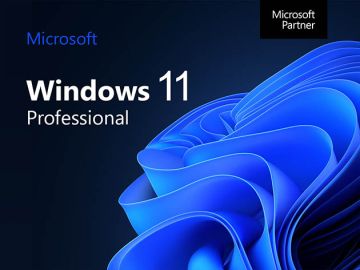Why Apple Needs to Bring Back the iMac Pro

Toggle Dark Mode
Apple’s iMac is a beautiful machine. It’s sleek, minimal, and iconic. But when it comes to professional-grade performance, it often falls short of other Macs. For creatives, engineers, and pros who want an all-in-one solution without compromise, Apple no longer offers a clear answer.
The iMac Pro filled that gap — until it was quietly discontinued.
The Power Gap
Don’t get us wrong, the current 24-inch iMac with an M4 chip is powerful and fast — especially for everyday use — but it doesn’t offer the headroom needed for heavy, professional workflows. Tasks like advanced 3D rendering, high-resolution video editing, large code compiles, and complex music production may require more CPU and GPU power, more RAM, and better thermal management than the standard iMac provides.
That leaves pros with two options:
- A Mac Studio or Mac mini paired with an external display.
- A MacBook Pro plugged into a monitor.
Neither feels like a true replacement for what the iMac Pro was meant to be: a clean, powerful, self-contained desktop workstation.
The Display Dilemma
The standard iMac features a beautiful 4.5K Retina display. But if you want similar display quality outside the iMac lineup, you’re either spending well over $1,500 for Apple’s Studio Display — or compromising with a lower-quality — or equally expensive high-quality — third-party monitor.
If you go really high-end, Apple’s Pro Display XDR costs more than an iMac, even when fully specced. That doesn’t just increase cost — it complicates the user experience. Instead of a single, elegant unit, you now have multiple cables, hubs, power bricks, and a desktop that takes up more physical — and mental — space.
Why the iMac Pro Mattered
When it launched in 2017, the iMac Pro was Apple’s answer to professional users who needed workstation-class performance without the footprint of a Mac Pro. It offered serious specs in the clean, all-in-one enclosure folks had come to love. And it looked great on a desk.
Simply put: It was powerful, it was simple, and it worked.
Discontinuing the iMac Pro made sense temporarily — especially during the transition to Apple Silicon. But now that the transition is complete and Apple is building more powerful chips than ever, it’s time for that performance to return to the iMac form factor.
The Case for an M4 iMac Pro
Imagine an iMac Pro powered by an M4 Max or — dare we say it — M4 Ultra chip. With up to 128 GB of unified memory, a 40- or 80-core GPU, and hardware-accelerated AI and media engines, it could handle the most demanding of workflows.
No docks. No external GPUs. No setup required. Just one powerful all-in-one machine ready to go.
Add in a high-end display equivalent to the Studio Display and a larger 27- or 32-inch screen size, and you’ve got a dream desktop for developers, designers, editors, and any other pros who want power without clutter.
What’s Next?
With the recent push toward AI and performance-heavy workflows, there’s reason to believe Apple might re-enter the space. The new Mac Studio’s 512 GB of unified memory is proof that Apple is taking AI seriously, at least on paper.
But, right now, the iMac lineup stops at “good enough.” It’s the perfect machine for the average or above-average user, but it’s not a serious contender for many pros or gamers.
Apple needs an iMac that doesn’t compromise — something worthy of the “Pro” badge. Not just for performance, but for the professionals who want a clean, capable, self-contained machine that looks as good as it performs.
It’s time to bring back the iMac Pro.










